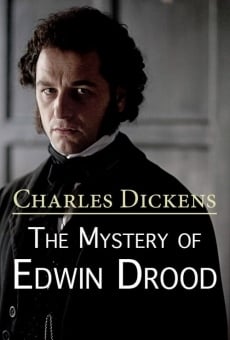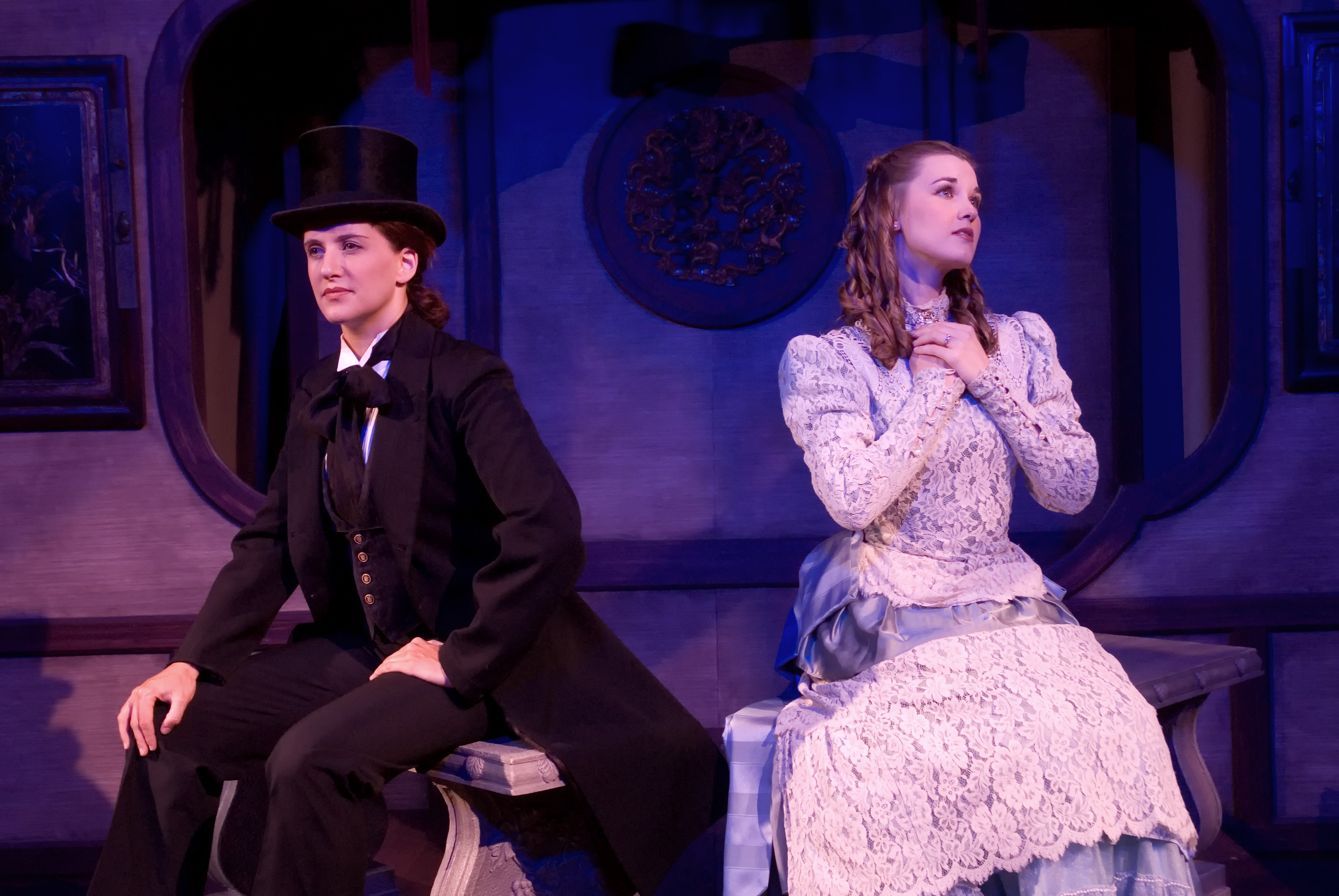
Instead, she directed readers to his "wonderful observation of character, and his strange insight into the tragic secrets of the human heart". Katey Dickens Collins, I discovered, had observed that her father's brain was clearer and brighter than usual during the writing of Drood and, intriguingly, she did not think the murder mystery was what most appealed to him about the tale. I also began to suspect that Dickens himself had sensed his planned ending was flawed – and might even have meant to change it.Īt this terrifying moment, with a chasm of hubris opening beneath my feet, his wise and sensible favourite daughter came to my rescue.
EDWIN DROOD VIDEO TV
So, even as I began to think I could discern his intentions, the relief came tinged by the dawning suspicion that what he intended was unlikely to satisfy a modern TV audience. Whereas Dickens' endings, well, just think of Little Dorrit, where someone suddenly and conveniently turns up from Russia and saves the day with a big fat cheque. They want everything that happens to be significant, so that at the end the audience has the satisfaction of reaching the answer at exactly the same time as the storyteller. They love twists and turns and surprises. Dickens loved observation and digression and wonderful oxbow lakes of inspired daftness. Only 12 monthly instalments were planned, rather than his usual 20, the intention being to write something exciting, suspenseful and tight he would have loved the term thriller, but it had yet to be invented.Įven his fans, of which I'm one, would have to admit that he lacked one or two core requirements of the genre, though. Drood, a tantalising network of puzzles, was intended to be a much shorter novel than was normal for Dickens. In any case, there was more to finishing the story than solving a murder mystery. Did he intend to pop a dead body into it, one that would later be identified by an undissolved ruby ring? Perhaps – but quicklime actually has a preserving effect. That pile of quicklime? Dickens seems to have believed it dissolved human flesh.
EDWIN DROOD VIDEO FULL
After all, in every corner lurk what must surely be expertly placed clues: Jasper's black silk scarf, seemingly full of murderous intent Mayor Sapsea's tomb and its enormous key that pile of quicklime crying out, "Notice me!" But the more I studied clues in the text, and others I came across in conversations between Dickens, his friends and his family, the more the whole enterprise rocked like a demented house of cards. Who actually kills Edwin Drood? What is the meaning of that strange and awful cry in the night? What brings the prickly and defensive Landless twins all the way back from Ceylon to the sleepy fictional cathedral city of Cloisterham? And is that really a big white wig on Mr Datchery's head?Īs always, the writing in Dickens is so magisterially confident that, on first reading, you are absolutely sure the author knew where he was going. Or that's what I came to believe, after months of wrestling in darkened rooms with the questions he ran out of time to answer. What's less well known is that Dickens died on purpose – to avoid having to finish it. It's fairly well known that Dickens died halfway through writing his murky story about an opium-addicted, erotically obsessed choirmaster called John Jasper, who plots to murder his nephew and love rival, Edwin Drood.

As a humble crime writer, I was thrilled. Episode two – by moi!" This made some important people laugh and got me the commission.


My pitch to the BBC to complete the author's great unfinished novel was short and sweet: "The Mystery of Edwin Drood.


 0 kommentar(er)
0 kommentar(er)
